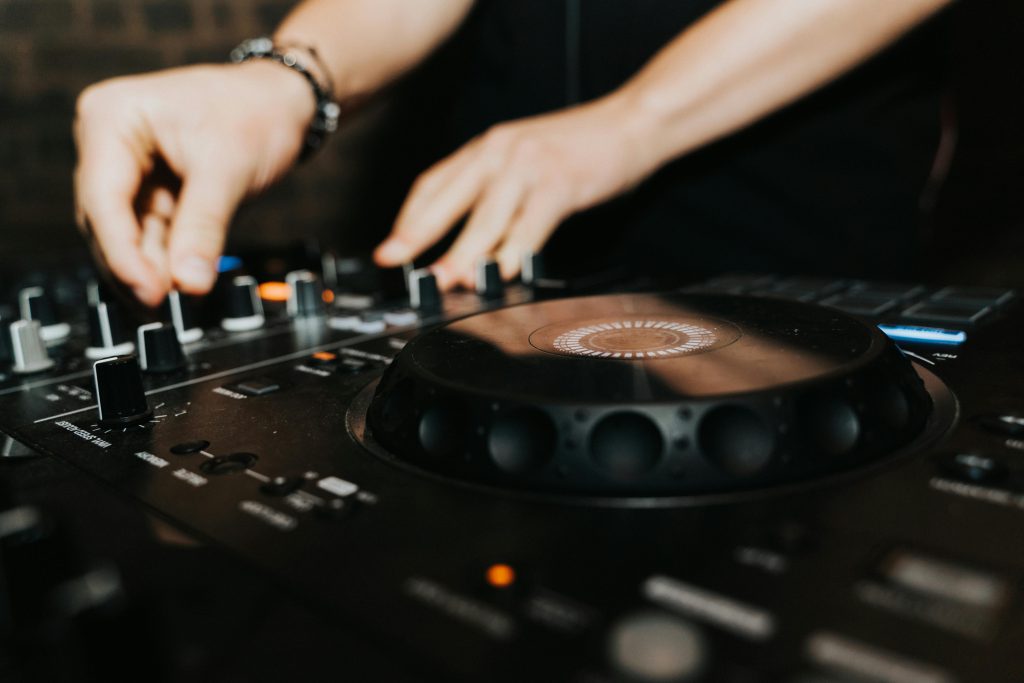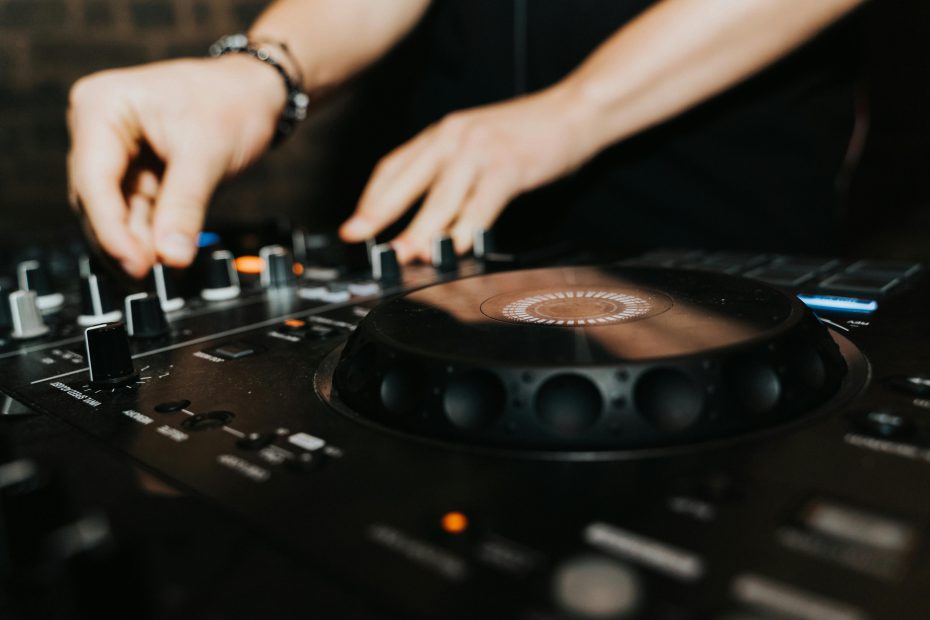If you’ve ever been at a live performance or a rehearsal session and experienced an annoying screeching noise coming from the monitors, you’ve probably encountered the dreaded feedback loop caused by the PA system. Feedback is one of the most common issues sound engineers face, and it can be frustrating for both performers and technicians. Understanding why feedback occurs and how to prevent it is essential for achieving high-quality sound during any live event.
In this article, we will explore the causes of feedback in PA systems, the factors that contribute to it, and the best ways to eliminate or reduce feedback in your setup. Whether you’re a sound engineer or a musician, knowing how to manage feedback in monitors is crucial for a smooth performance.

What is Feedback in a PA System?
Feedback in a PA system occurs when the sound from the speakers is picked up by the microphones and re-amplified, creating a continuous loop. This loop leads to a high-pitched squeal or whine that can quickly escalate if not controlled. The loop happens when the microphone picks up sound from the PA system speakers, amplifies it, and sends it back through the speakers again, which causes the cycle to continue.
Feedback can be particularly problematic in the monitors because they are positioned close to the performers and often at high volumes. The sound from the monitors can be captured by the microphones and cause a feedback loop. The closer the microphone is to the speaker, and the louder the volume, the higher the likelihood of feedback.
Common Causes of Feedback in a PA System
1. Microphone Placement and Proximity to the Speakers
One of the primary causes of feedback in a PA system is the placement of microphones too close to the speakers. When a microphone is positioned near the speakers, it captures the sound from the speaker and sends it back to the PA system, resulting in feedback. The closer the microphone is to the speaker, the more likely it is to pick up the sound, especially at high volumes.
Microphone Placement Tips:
Avoid placing microphones directly in front of speakers.
Use directional microphones to reduce the amount of sound picked up from surrounding areas.
Position microphones at a distance from the PA system speakers to minimize feedback risk.
2. Excessive Volume Levels
Another common reason for feedback in a PA system is setting the volume levels too high. When the sound from the speakers is amplified too much, it can be picked up by the microphones, causing a feedback loop. The higher the volume, the more likely feedback will occur, particularly when there’s a lack of control over the sound levels.
Volume Control Tips:
Keep the volume levels of your PA system and monitors at a moderate level.
Gradually increase the volume, ensuring that the microphones and speakers don’t interfere with each other.
Use a graphic equalizer to adjust the frequencies and reduce the potential for feedback.
3. Improper Equalization
Improper equalization of the PA system can also contribute to feedback. If certain frequencies, such as the mid or high ranges, are boosted too much, they may amplify the sound coming through the microphone, causing feedback. Certain frequencies are more prone to feedback, especially in live settings, and addressing these issues through EQ adjustments is crucial.
EQ Tips for Reducing Feedback:
Use a graphic equalizer to reduce frequencies that are prone to feedback, such as high mids and treble.
Set up a notch filter to target and reduce specific frequencies that may be causing feedback.
Make sure the EQ on both the main PA system and the monitor speakers are balanced and well-adjusted.
How to Prevent Feedback in Monitors
Now that we’ve identified the primary causes of feedback, let’s look at some solutions for preventing or minimizing it during your performance or rehearsal.
1. Positioning the Speakers and Monitors Properly
The placement of your PA system speakers and monitors plays a significant role in preventing feedback. Ideally, monitor speakers should be placed at a distance from the microphones and should not be directed toward the mics. Additionally, raising the monitors off the ground and angling them toward the performer’s ears (rather than their mic) can reduce the chances of feedback.
Monitor Positioning Tips:
Place monitors at a slight angle to avoid direct line-of-sight with microphones.
Elevate the monitors to reduce the possibility of sound traveling directly to the mics.
Keep the distance between the monitor speakers and microphones as wide as possible.
2. Use of Directional Microphones
Directional microphones, such as cardioid or supercardioid microphones, are designed to capture sound primarily from the front of the mic, while rejecting sounds from the sides and rear. Using directional microphones helps reduce the chances of feedback because they are less likely to pick up sound from the PA system speakers.
Microphone Selection Tips:
Choose directional microphones for live performances and rehearsals to minimize feedback.
Invest in high-quality microphones designed for live sound applications to ensure better performance.
Use microphones with a tight polar pattern to reduce off-axis sound capture.
3. Active Feedback Suppression Technology
Many modern PA systems and mixing consoles come with built-in feedback suppression technology. These systems automatically detect frequencies that are causing feedback and reduce their volume to eliminate the feedback loop. While this technology is helpful, it is not always perfect and should be used in combination with proper setup and technique.
Feedback Suppression Tips:
Invest in a PA system with built-in feedback suppression technology.
Regularly update your PA system’s firmware or software to ensure the best performance of feedback suppression features.
Use a feedback eliminator or notch filter in your mixing console for manual control over problematic frequencies.
4. Monitor Level Control
Another essential tip for preventing feedback in monitors is to keep the monitor levels in check. If the monitor volume is too high, it will create a higher chance of feedback, especially if the performers are near the speakers. Ensure that monitor levels are set appropriately for the environment and the performers.
Monitor Volume Tips:
Set the monitor volume to the minimum level required for the performer to hear themselves clearly.
Avoid excessive gain levels that could lead to sound being picked up by microphones.
Consider using in-ear monitors, which reduce the need for large floor monitors and minimize the risk of feedback.
The Role of the Sound Engineer in Preventing Feedback
A sound engineer plays a crucial role in preventing feedback in a PA system. Not only do they manage the volume levels and equalization, but they also ensure that the sound is balanced and that feedback is kept to a minimum. Sound engineers must be vigilant and proactive in making adjustments to the sound system during a live performance to ensure feedback does not disrupt the show.
Sound Engineer Tips:
Regularly monitor the sound levels and make adjustments to prevent feedback from occurring.
Utilize advanced signal processing tools, such as parametric EQs and feedback suppressors, to reduce feedback.
Communicate with the performers to ensure they are positioned in a way that minimizes the risk of feedback.
Managing Feedback in Your PA System
Feedback in monitors is a common issue in live sound environments, but it is entirely preventable with the right approach. By understanding the causes of feedback and implementing strategies such as proper microphone placement, adjusting volume levels, using directional microphones, and employing feedback suppression technology, you can significantly reduce the risk of feedback in your PA system.
Remember, managing feedback requires attention to detail and careful planning. By optimizing your PA system setup and following the tips provided in this article, you’ll be able to deliver a clean and clear performance without the annoyance of feedback. Whether you’re a musician, a sound engineer, or someone who works with PA systems, these strategies will help you get the best sound quality and eliminate feedback issues.
